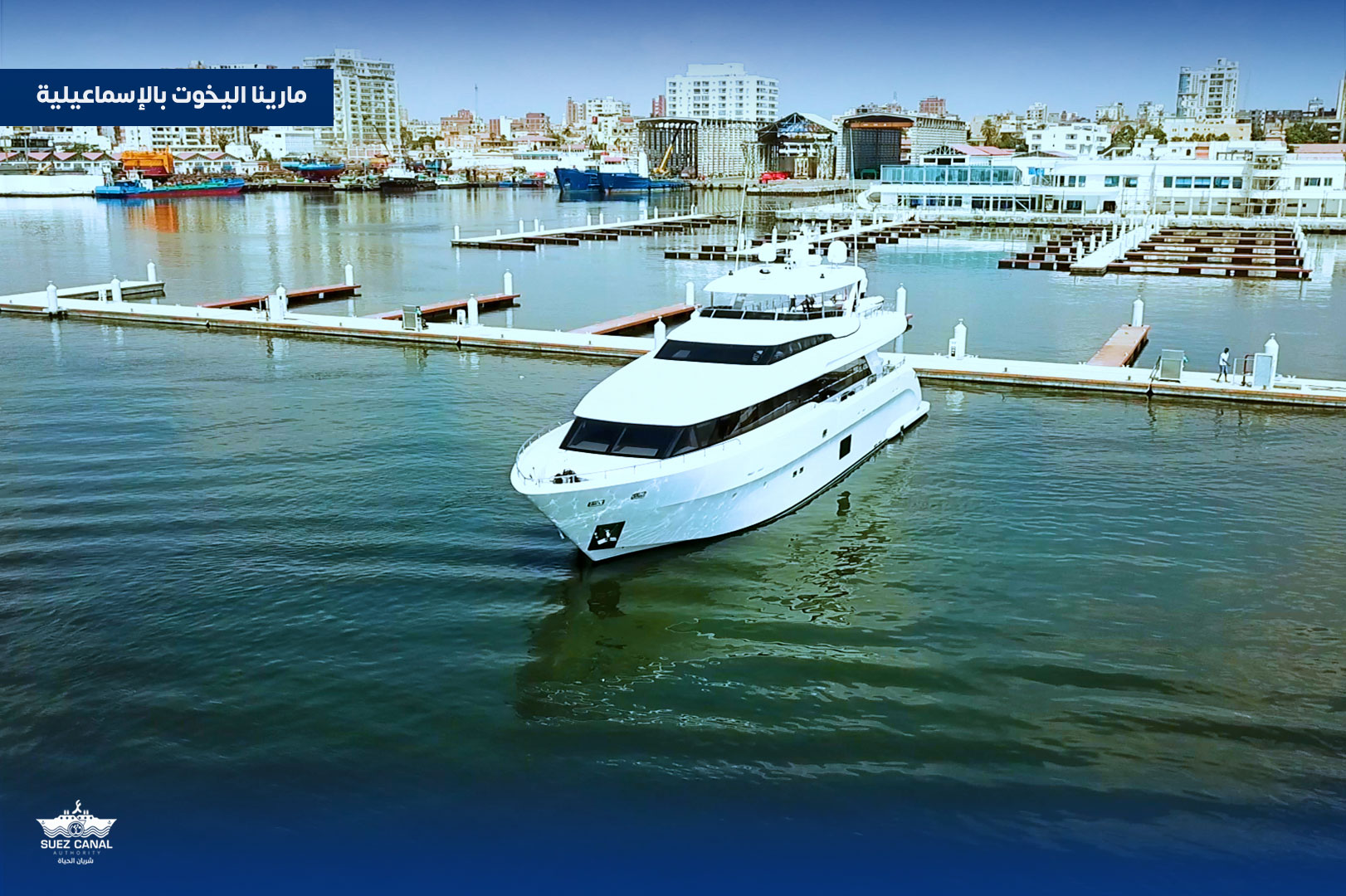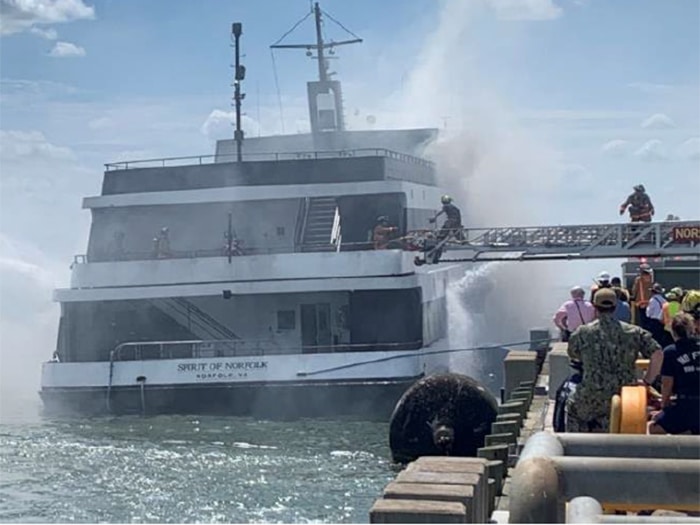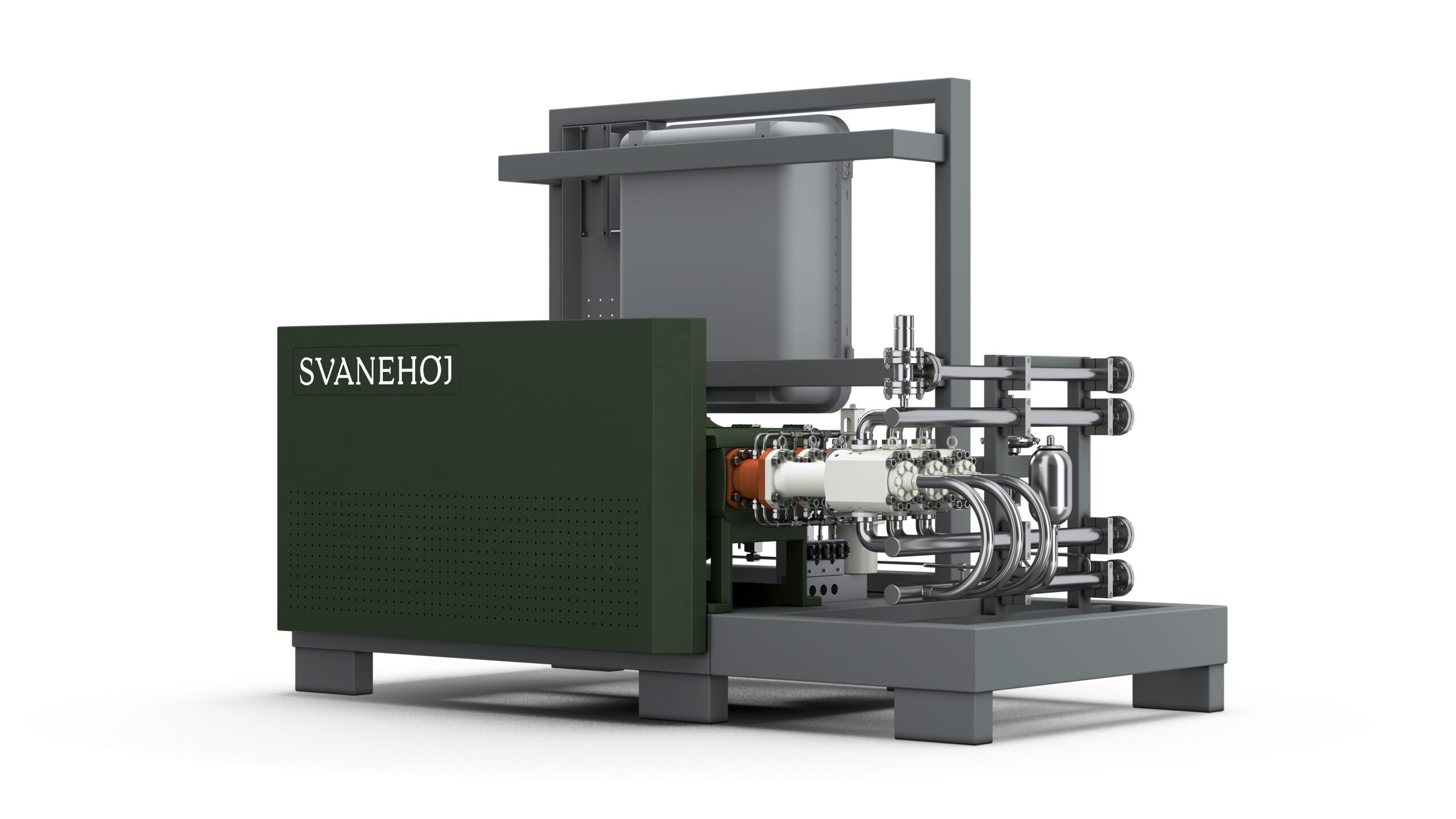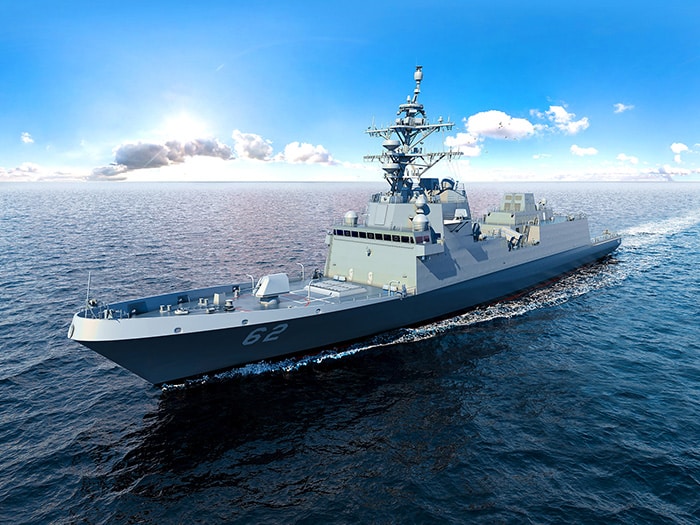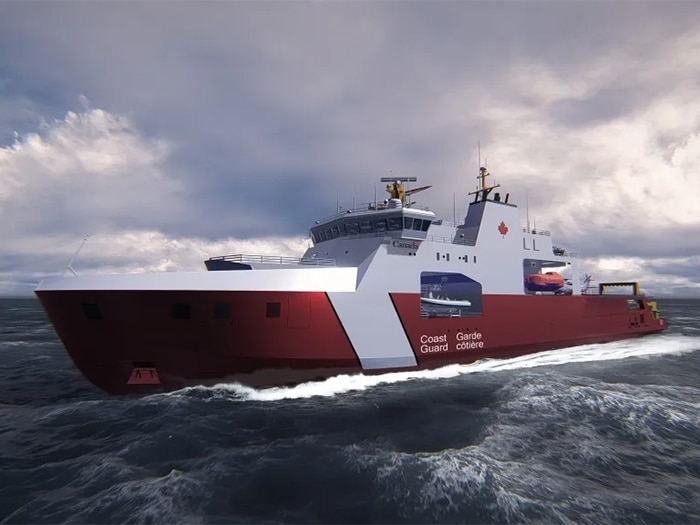With a lot of attention and investment going into alternative, low emission fuel development, how does the return of wind propulsion avoid becoming an ‘also ran’ technology segment?
Gavin Allwright, the Secretary General of the International Windship Association (IWSA) answers a series of questions facing the uptake of this technology and what is behind a spate of recent public announcements.
Allwright: To answer this headline question, I have to start with the fact that IWSA and its members welcome the developments in alternative fuels as they are vital to carbon neutral and ultimately zero-emissions vessels. The term ‘also ran’ is actually perfect, but in a positive sense. Wind propulsion systems are compatible with all other energy sources and all retrofit installations and new builds are ‘hybrid’ systems by their very nature. As retrofits they can deliver 5-20% of the propulsive energy to a ship with the potential to reach 30% (derived on a motorship operation profile without operational changes), whereas newbuilds can deliver 50% or more and be primary wind vessels with auxiliary engines
But it is obvious wind can’t do the job alone, however the same can be said about these new fuels that we are asking to do some very heavy lifting in decarbonising the fleet.
Whether you are paying $350 a ton for HFO or $1000 for the equivalent in a green alternative fuel, you are still paying for fuel. With a wind propulsion component it is possible to decouple a portion of your energy requirement from the fuel markets, with that zero-emissions energy delivered to the point of use at zero cost, with zero need for storage on board and zero infrastructure required on shore and that energy predictably remains at zero cost for the lifetime of the vessel.
Your association has this year declared the ‘Decade of Wind Propulsion’, is that just a marketing ploy or is there real substance behind that?

eBlue_economy_Gavin Allwright
Allwright: There is of course an element of informing the market in any announcement and the message there is that wind propulsion is a credible, robust and increasingly economically attractive solution. However, the ‘Decade of Wind Propulsion’ announcement is far more than that. It is a renewed commitment from our 130+ members to deliver on the pontential of wind propulsion in this decade .
We already have wind propulsion units in the market, with 11 large vessels with systems installed and over 20 rigs in operation from ferries to bulkers and a couple of tankers including a VLCC. There is another large ‘wind-ready’ bulker and three more installations pending in Q2 this year along with two newbuilds underway. These are alongside 20+ smaller cargo and cruise vessels. However, it is scaling these installations that is the challenge; more demonstrator vessels, mass production facilities and preparations for fleet installations that will be vital to deliver significant numbers by 2030 etc. The foundations for these are being laid now and we predict the numbers of demonstrators will double year on year up to 2024 without any further commercial orders. We are also seeing large industry players engaging with wind, the past few months have seen announcements from Oldendorff Carriers, Mitsui O.S.K. lines, Wallenius Wilhelmsen and Cargill among others.
There is also the need to ‘optimise’ the systems that will be increasingly common in the fleet over the next few years. This involves better integration into vessel EMS along with improved support systems such as weather-routing for wind satellite forcasting as well as sensors on rigs to monitor performance and even LiDAR to identify wind patterns as they come into the ship in real time
, All of these technical solutions will feed into the third-party validation and fleet evaluation that is also under development now to assist shipowners identifying the best solutions for their fleets. ‘Facilitation’ is the third key area and this is a wide one, covering everything from working with class to continually improve and adapt their wind-assist guidelines to the set up of an accelerator program to cluster together expertise to help deliver wind propulsion systems from concept to market to help ensure a robust R&D pipeline. This also extends to assisting with the roll out of low and zero-emissions fuels as mentioned before and integrating those in the design of new vessels.
On that final point, you recently penned a piece suggesting that wind propulsion could actually fund not only the IMO2050 decarbonisation target but also full decarbonisation. Can the industry really accept that as a credible assertion?
Allwright: Yes, I think the industry can. This was a thought piece entitled Could Wind Propulsion Deployment Fund the Full Decarbonisation of Shipping?. It adopted some conservative assumptions on fuel price, no increase this decade and then a 35% increase each decade after that as carbon levies are introduced and higher cost alternatives enter the mix. It assumed that wind propulsion would be rolled out substantially this decade, securing 20% reductions in fuel and emissions across the fleet in the 2030s with some adjustments in speed and routing.
Even using these conservative assumptions, this calculation would yield around $1 trillion in savings by 2050 with a price tag of roughly $300 billion, and also decrease the total cost of roll out by a margin of 10-20%. The total cost for decarbonisation has been estimated by UMAS and ETC at roughly $1 trillion to reach IMO2050, and $1.4-1.9 trillion for full decarbonisation, taking a fuel heavy approach, thus wind could in theory pick up the tab. This scenario is of course predicated on a decision to adopt wind propulsion systems at scale this decade, involving extensive retrofitting of the existing fleet and newbuilds being wind optimised as they enter the fleet.


Now that brings us to the most recent development, the Open letter released by IWSA a few days ago. This letter calls on industry decision makers to adopt a level-playing field for all energy sources and go beyond the current narrow ‘fuel-centric’ approach. Why now? and How do you propose to make this happen?
Allwright: Firstly, I would like to make the point that the Open Letter is signed by 97 maritime companies from large shipowners through to small technology developers. Admittedly this is a big ask, however our industry is embarking on an unprecedented transition far greater in scale that the first wind to fossil fuel transition, and in a far shorter period, meaning at least 50% decarbonisation within the lifespan of a vessel launched today.
That means that we need to use all the tools in the energy toolbox and these need to be assessed side-by-side in a transparent way, taking in the full lifecycle and all external impacts and costs. Currently wind propulsion is under-represented in those assessments and thus we are calling for wind to be fully integrated into all industry reports and decarbonisation pathways going forward. We are calling for a multi-stakeholder working group to be established to ensure we fully understand the potential of wind propulsion and ensure that all policy and other regulations recognise wind as direct energy source.
The challenges facing the industry mean we need to make sure decision making is based on clear definitions, credible data and standardized assessment criteria and that is currently not the case. Thus, the letter goes onto to call for a strategic review of our decarbonisation efforts we are all pulling in the same direction. A review of this kind doesn’t need to slow down the market development but run parallel, but it will ensure that we fully appreciate what a hybrid approach to decarbonisation means, and hopefully we can avoid any dead-ends or stranded assets in the future.
We stand ready to work with all stakeholders across the shipping spectrum to put these initiatives into action, and which will be able to draw on a lot of fantastic work already underway in silos across the industry, just in a more collective, transparent and urgent manner.










